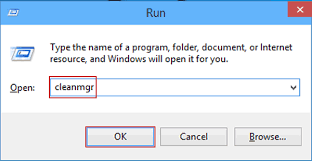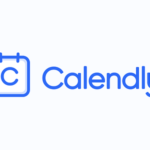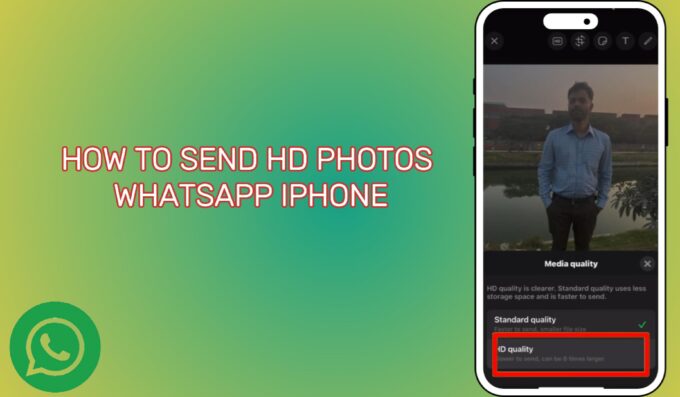Disk Cleanup is a built-in Windows utility that helps you free up space on your hard drive by deleting unnecessary files. While most users access Disk Cleanup through the graphical interface, running it from the Command Prompt offers a quick and efficient alternative. This tutorial will guide you through the steps to run Disk Cleanup using the Command Prompt in Windows 10, 8, and 7.
How to Run Disk Cleanup from Command Prompt Step-by-Step Guide
Table of Contents
ToggleWindows 10:
- Right-click on the Start button.
- Select “Command Prompt” or “Command Prompt (Admin)” from the context menu. Choosing the admin version allows for more functionality, but either option works for Disk Cleanup.
- If prompted by User Account Control (UAC), click “Yes” to allow changes.
Windows 8:
- Press
Win + Xto open the Power User menu. - Select “Command Prompt” or “Command Prompt (Admin)” from the list.
Windows 7:
- Click on the Start menu and type “cmd” in the search box.
- Right-click on “cmd.exe” in the search results and select “Run as administrator.”
Step 2: Enter the Disk Cleanup Command Once the Command Prompt window is open, type the following command
cleanmgr.exe
Press Enter on your keyboard.
Step 3: Launching Disk Cleanup
- After pressing Enter, the Disk Cleanup utility will launch. You should see its icon appear in the system taskbar.
- Click on the Disk Cleanup icon in the taskbar to open the utility.

Step 4: Selecting Drive to Clean
If you have multiple drives, Disk Cleanup will prompt you to select the drive you want to clean. Choose the drive (usually C: for the system drive) and click "OK."
Step 5: Scanning for Files
Disk Cleanup will start scanning the selected drive for files that can be deleted. This process might take a few minutes. Once the scan is complete, a list of file categories will be displayed, such as "Downloaded Program Files," "Temporary Internet Files," and "System error memory dump files."
Step 6: Selecting Files to Delete
Check the boxes next to the types of files you want to delete. You can hover over each category to see a description of the files. Click "OK" once you've made your selections.
Step 7: Confirming Deletion
Disk Cleanup will ask you to confirm that you want to permanently delete the selected files. Click "Delete Files" to proceed.
Running Disk Cleanup from the Command Prompt is a handy trick that can save time and effort, especially for advanced users and IT professionals. This method provides a streamlined way to access the utility and can be easily incorporated into scripts for regular maintenance. By following the steps outlined in this tutorial, you can efficiently clean up your system and free up valuable disk space using the Command Prompt. Happy cleaning!











Leave a comment